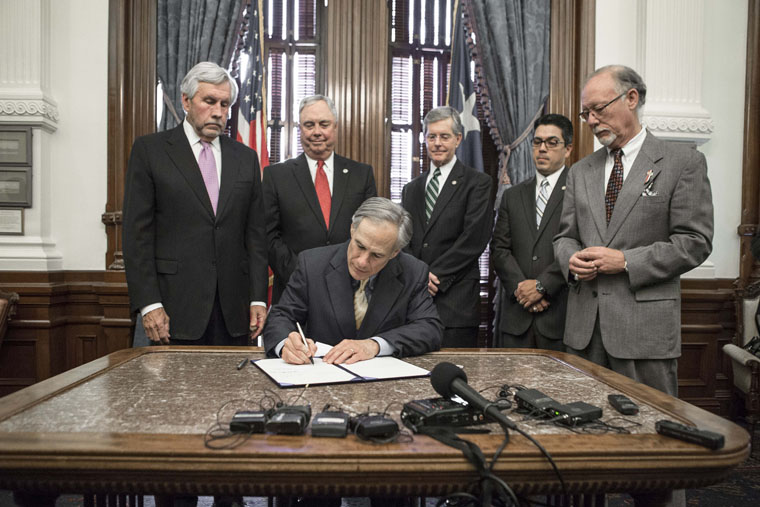Texas Considers Overturning Law That Allows Immigrant Children To Attend School
Texas Governor Greg Abbott is considering overturning a law that allows immigrant children to attend public school for free.

As public education faces funding, enrollment, and staffing issues, Texas governor Greg Abbott is now considering overturning a 40-year court ruling that requires states to provide taxpayer-funded schooling to illegal immigrant children. United States public schools receive funding from the federal government, state government, and even some local government policies. Despite this, the system is experiencing many difficulties as party politics and lockdown recovery continue to stifle success rates.
Texas has the second highest population of undocumented immigrants in the country, only surpassed by California. New York is the state with the third highest undocumented immigrant population in America. Both New York and California have been known to host more liberal immigration policies. They also imposed the most restrictions on their citizens during 2020 and 2021, and have seen some of the sharpest enrollment drops. Governor Greg Abbott understands these new difficulties and stated, “The challenges put on our public systems is extraordinary.”

New York City public schools experienced a 4.5% reduction in student enrollment in 2021. By the start of 2022, the entire state witnessed further losses. 75% of schools in New York have further enrollment drops reaching up to 10% less students in some districts. In California 2.6% of students left during the 2020-2021 school year, followed by a 1.8% drop for the current school year. Both California and New York experienced historic population declines in 2020, while Texas grew, adding nearly 4 million more people to the state. Despite this, Texas saw a 2.2% decrease in public school enrollment for the 2020-2021 school year alone. This has caused Governor Greg Abbott to reassess the state’s public school system.
It was Texas that sued the federal government over having to pay to educate illegal immigrant children, a “bear that burden” of paying for students whose families are not paying into the system. How many undocumented children have entered the public school system is difficult to record, but over 1 million people in Texas are estimated to be undocumented. Of that, at least 107 thousand were children 16 and under in 2019. Governor Abbot says it costs about $7,500 to educate each student annually. Based on the population alone, paying for the education of 107 thousand noncitizen children would cost the state over $800 million dollars in the Trump era.

Now that The Biden Administration is in power, and continually overlook the border crisis — which is seeing the highest illegal crossings in decades — it is safe to say that the undocumented student population has likely grown between 2020 and 2022. During his Presidential Campaign, Biden instructed illegal immigrants to “surge to the border.” He also told them that if they feel the need to leave their homelands that they, “should come!” Now that he is in office, come they have, but The White House has offered no aid to border states like Texas — which are overwhelmed and unable to take on the federal government’s challenges. It is this very reason that Greg Abbott is working to involve the federal government in his state’s serious illegal immigration issue, which has led to public school funding problems (among others).
Whether the courts will rule in favor of Governor Greg Abbott, and the people of Texas, concerns many taxpayers. Plenty of parents are fed up with the public school system. If their tax money continues to be taken to educate children whose families did not come here legally, and do not pay into the system that everyone else is expected to pay into, not only does it directly harm American citizens, but also the very system that their money is used to support. If Texas is forced to keep paying for the education of undocumented children as inflation increases, gas prices rise, and movements to defund public schools rage on, it may go bankrupt, like many other institutions throughout the United States.



